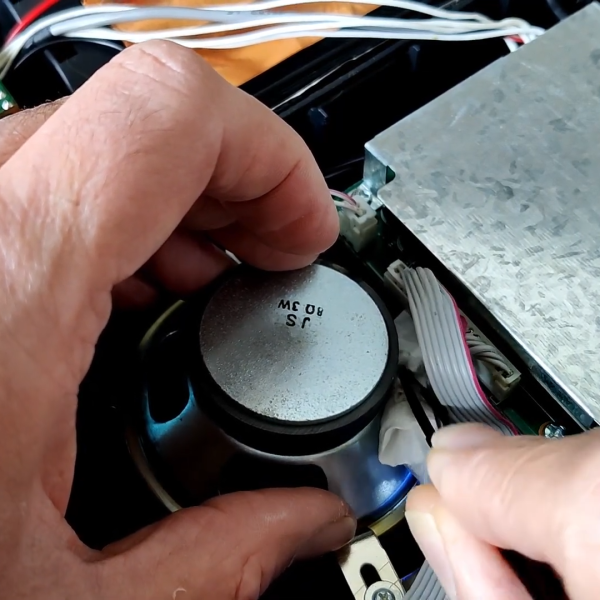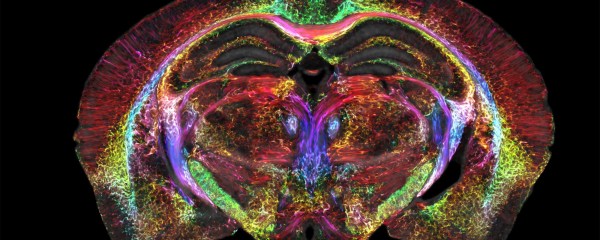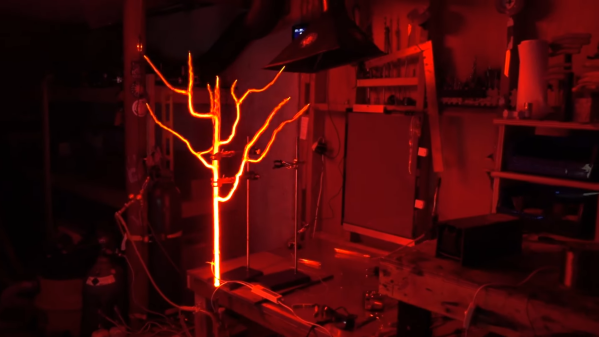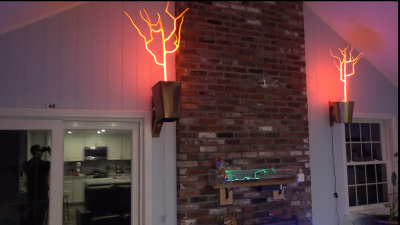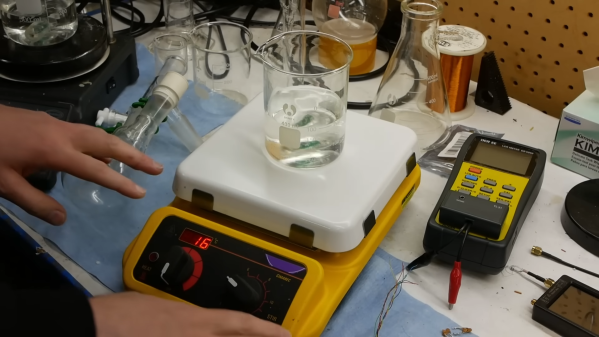We’ve all picked up a radio and switched it on, only to hear an awful scratchy noise emitting from the speaker. [Richard Langer] is no stranger to this problem, and has identified a cheap and unusual solution—using toilet paper!
The cause of the scratchy sound is that when the speaker’s paper cone warps, it can cause the voice coil to rub up against the magnet assembly. In time, this wears out insulation on the coil’s turns, damaging the speaker. [Richard] found that realigning the coil to its proper place would rectify the issue. This can be achieved by stuffing a small amount of toilet paper in the back of the speaker, between the cone and the metal housing.
To identify the right spot to put the paper, one simply presses on the back of the speaker with a pen while listening out for the scratchy sound to stop. The paper can then be stuffed into this area to complete the fix. This can realign the cone and voice coil and stop the scratchy sound for good.
[Richard] notes that this method can be quite long-lasting in some cases. Failing that, it should serve long enough for you to order a replacement speaker. Video after the break.
Continue reading “This One Simple Trick Rehabilitates Scratchy Sounding Speakers”

